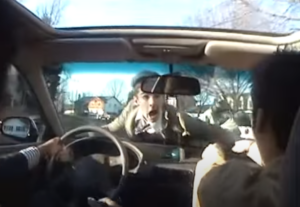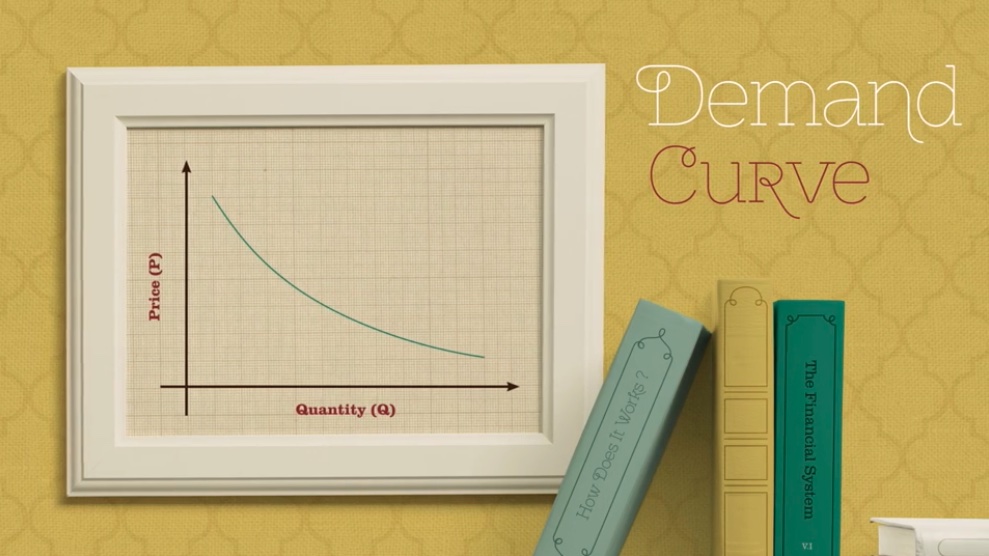You've probably heard about Bill Nye, the Science Guy. But what about his 13-year-old equivalent Phil Nye?
Well, you're talking to him.
Growing up in Maryland, I absolutely loved making parody commercials and comedy sketches with my siblings—all shot and edited on a Sony VHS camcorder. Some highlights include our take on an old Pace salsa commercial, flying killer rabbits via our basement ceiling a la Monty Python, and countless music videos . But my true passion for video production was fully ignited in my teens when I created a 12-minute episode of Phil Nye (an extremely obvious parody, I know) to fulfill an alternative assignment given to me by my teacher Mrs. Brown.
It was also the first time education and video production intertwined for me—a combination that would define my career decades later.

Looking back now, that moment was not only a turning point for me, but for the education industry as a whole. It was 1999, the same year iMovie was released (though that wouldn’t make it into the Hogan household until a few years later) and a few years before the advent of YouTube, the iPhone, etc.. All these pending events meant that video was about to become a lot more accessible to produce and distribute, and the education industry would need to change with it.
This has allowed me to both personally and professionally, evolve alongside it.
Over the past two-plus decades, albeit a bit slower than some other verticals, people have made the push to evolve what learning looks like inside, and outside of the classroom. This change has only accelerated recently as folks who grew up with video as a part of their everyday lives move into more decision making roles within the sector.
So, whether you’re in a classroom, the administrative office, at-home, or in a cubicle, here are four key observations for the exciting and knowledge-filled world that is education video production.
1. Pressing Play on Professional Development (PD)
When I was in school, videos were mainly thought of as an easy way to fill up a day’s lesson, where a teacher could push a video into the VHS and likely get started on other much needed work (grading papers, sorting evals, etc.).
But now teachers are joining in on the video learning fun.
While video for classroom instruction has long been a tenet of the learning environment, it became apparent that more PD content providers needed to consider video productions to help communicate and educate teachers.
If you’re someone considering creating PD content, it’s important to be mindful of two things: the lack of time teachers have and their desire for realistic expectations of what a classroom looks like.
With a teacher's tight schedule in mind, it’s important to keep the content as considerate, and short, as possible. And to make sure the content is as device-agnostic as possible. It’ll need to work on computers, tablets, phones, etc. So be direct. Be clear. And wrap up.
In terms of a teacher's perspective while watching, aim for authenticity. Showing classrooms that are overly tidy, kids that are perfectly behaved, or encouraging actions that are overly taxing, isn’t going to sit well with our valued teachers. Meeting them where they’re at, and same is true with the scripting, will make them more receptive to what you’re saying.
2. Variety Still Rules the School
Bill Nye the Science Guy followed a long line of educational video productions I loved: Sesame Street, Magic School Bus, that old ECON video, the list goes on. But there was something about the way that Bill Nye (and Sesame Street before it) used such a variety of styles across their “lessons” that I loved, and wanted to take a stab at.
That one, and only, episode of Phil Nye featured a Phil explaining topics directly to camera, flatland biking to explain rotational axises, a music video about a meteor, a “Did You Know That?” short bit, and a stop motion sequence. Like the real deal, the mix of variety was an important part of audience engagement.
For course content, whether students, teachers, or the general public, this use of a mixture of styles to engage the audience still exists today.
3. The Informed Friend vs. The Wise Professor
Bill Nye may have been a scientist but his set was a lab—not a classroom. There’s logic behind that.
Imagine sitting down to watch a video to learn something new. Would you prefer it if the person talking sounded like a strict teacher, or like a friendly, knowledgeable buddy? Most people would likely choose the latter, and there's a good reason for that.
Having the tone of an informed friend in educational video content creates a warmer and more approachable learning experience. When the person in the video speaks like an informed friend, it feels like you're having a casual conversation over coffee (or whatever your beverage of choice may be). It's a relaxed atmosphere that encourages open communication and engagement.
Now, compare that to being in a classroom with a teacher. While they might be incredibly knowledgeable, their formal tone and authoritative demeanor can sometimes create a barrier between them and the students. There’s power dynamics, explicitly or implicitly, at play—so best to avoid that.
Plus, having a friendly tone can help keep viewers interested and invested in the content. Just like how you're more likely to pay attention to a story told by a captivating storyteller, educational videos with an engaging and personable tone are more likely to hold your attention and make learning feel like less of a chore.
4. Show and Tell
No one knew better than Bill, that it's not just what's being said but also what you're seeing. That's where "see-say" comes in and his use of on screen text, graphics, practical props, and more helped learners of all types.
When you're creating educational video content, you want to make sure that what you're saying is complimented by what viewers are seeing on the screen. It's like a tag team between your words and the visuals.
That’s why we take a careful look at how we can use graphics to better enhance the learning experience for our viewers—whether we're crafting education content or explainer videos. Take our work that breaks down a global product journey below. It leverages a cutout style to creatively leverage real world images that are more easily identifiable, to showcase the content.
5. Repetition is Good. Repetition is Good.
Say what you’re going to say. Say it. And then say what you just said.
Just like how listening to your favorite song on repeat makes the lyrics stick in your head, hearing and seeing key information multiple times in a video can help embed it in your memory.
In educational videos, repetition works in a similar way. By repeating important points, ideas or examples throughout the video, you reinforce them in the viewer’s mind. It’s like saying “Hey, pay attention to this! It’s important!"
So, when creating educational videos, don't be afraid to sprinkle in some repetition. It's not about being redundant—it's about reinforcing those crucial nuggets of knowledge and making sure they really sink in.
Class Dismissed
Mrs. Brown must've seen something in me as someone who might be able to pair my creativity with education.
“Colin, I think you’re going to do something in entertainment one day,” she recalled to me once after a, hopefully not too annoying disruption. I'm not quite sure Demo Duck is what she had in mind, but I do consider myself lucky to continue to create videos that inform and entertain—whether it's a nonprofit, consumer facing, or corporate video production. I actually recently spoke about that passion it in an interview with Website Planet if you want to hear more about our journey into more educational content.
Maybe one day a new episode of Phil Nye will drop. Until then, we're here if you want to make something.
